TRAVELING ART
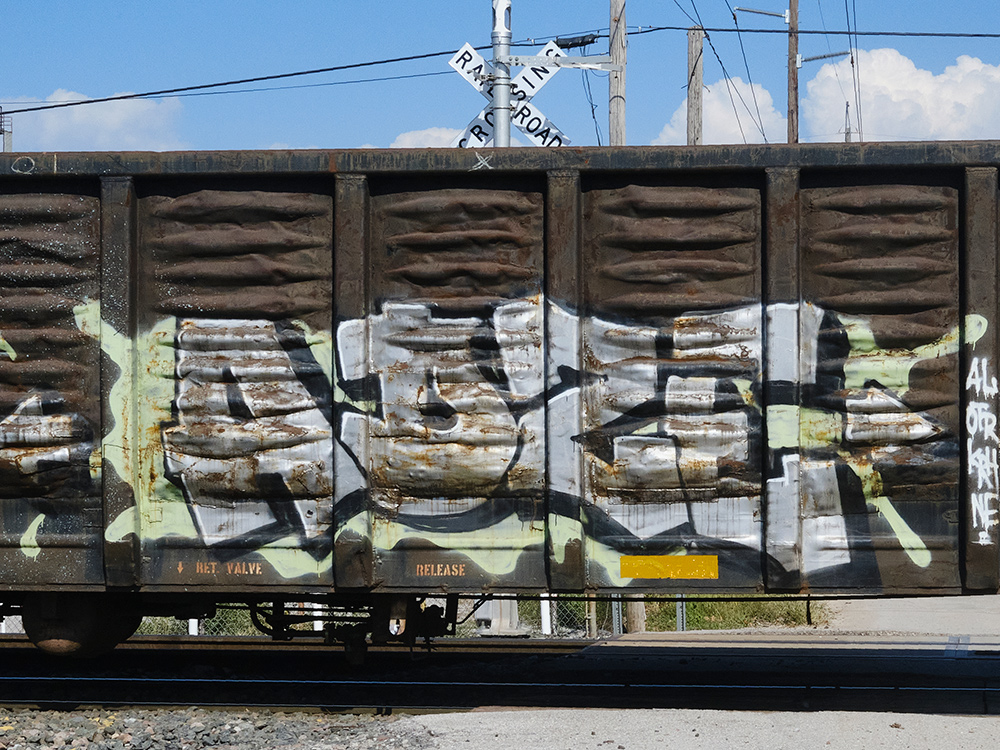
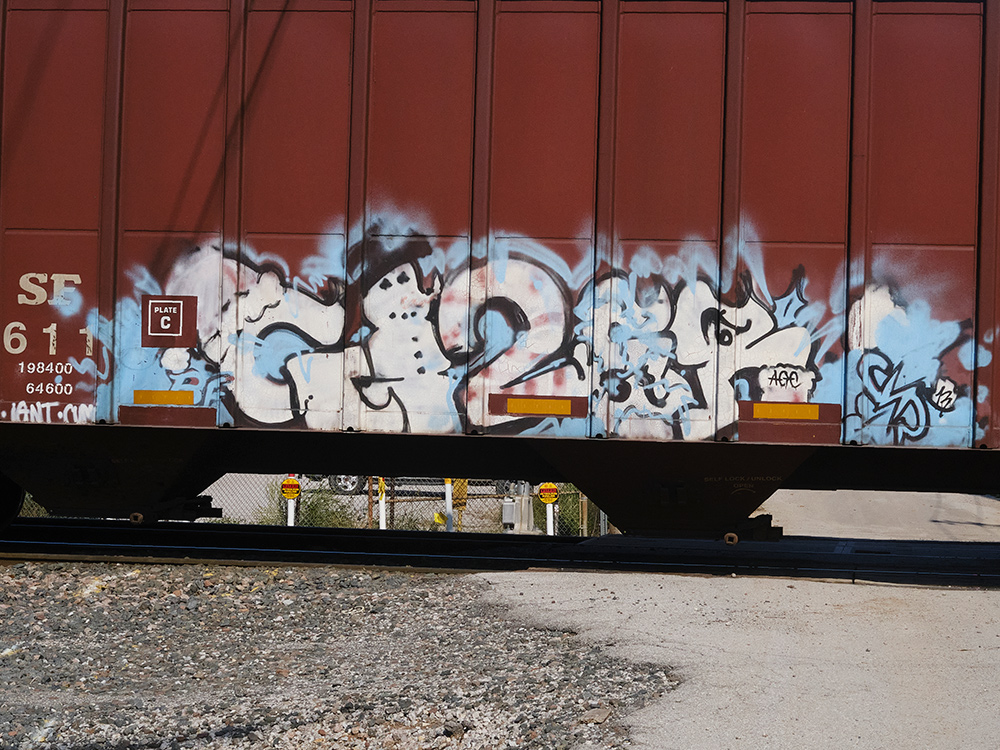
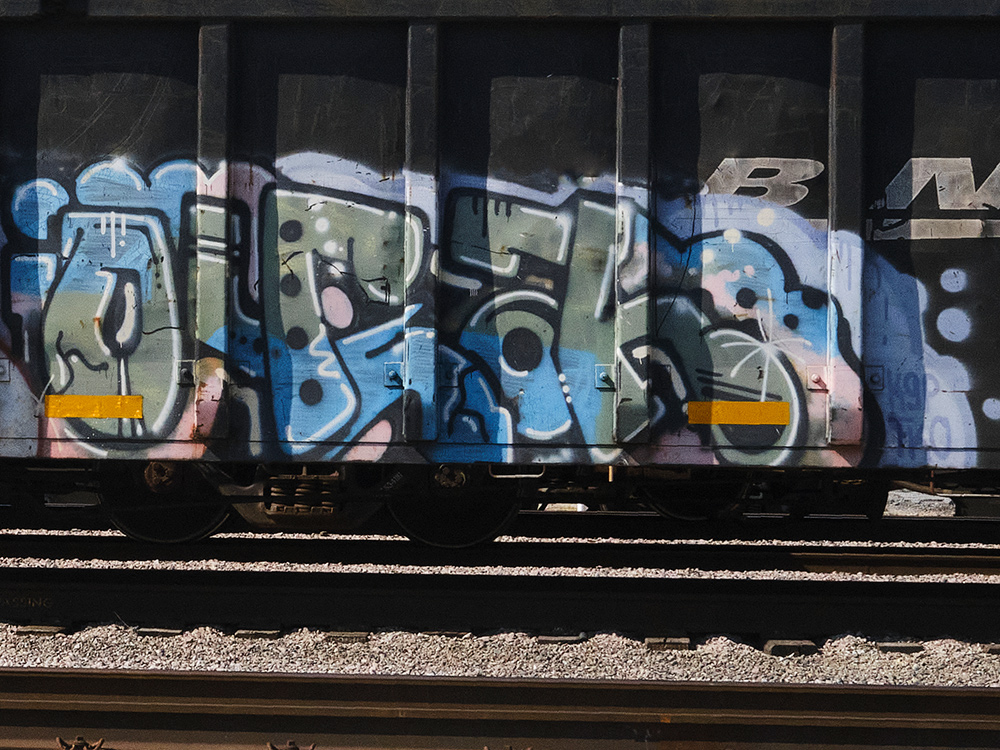
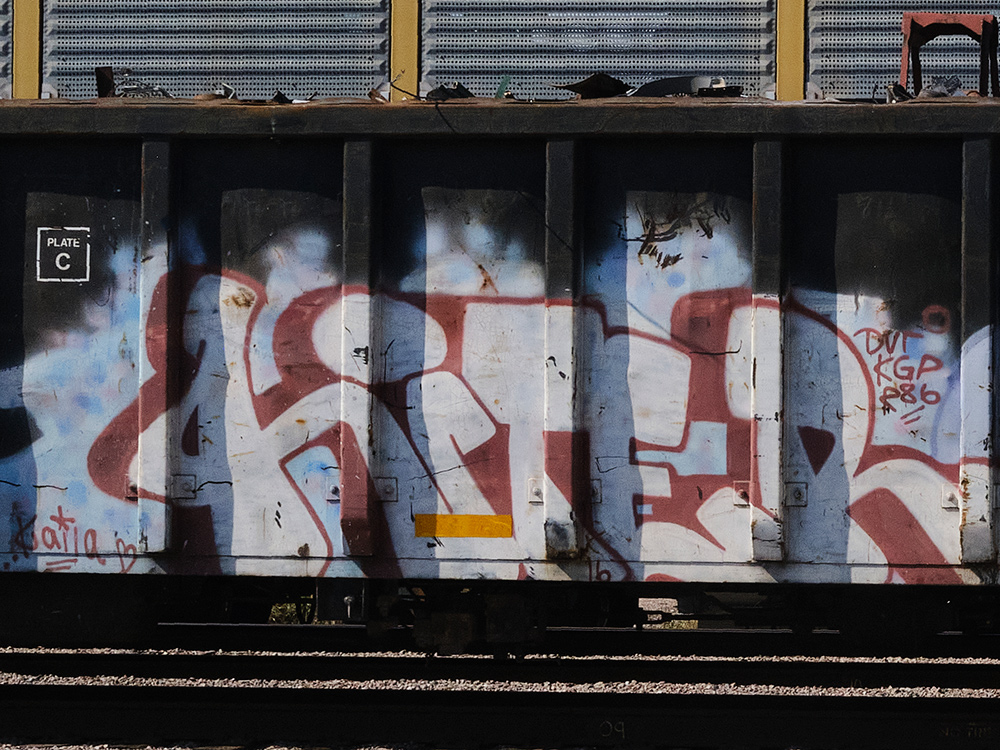
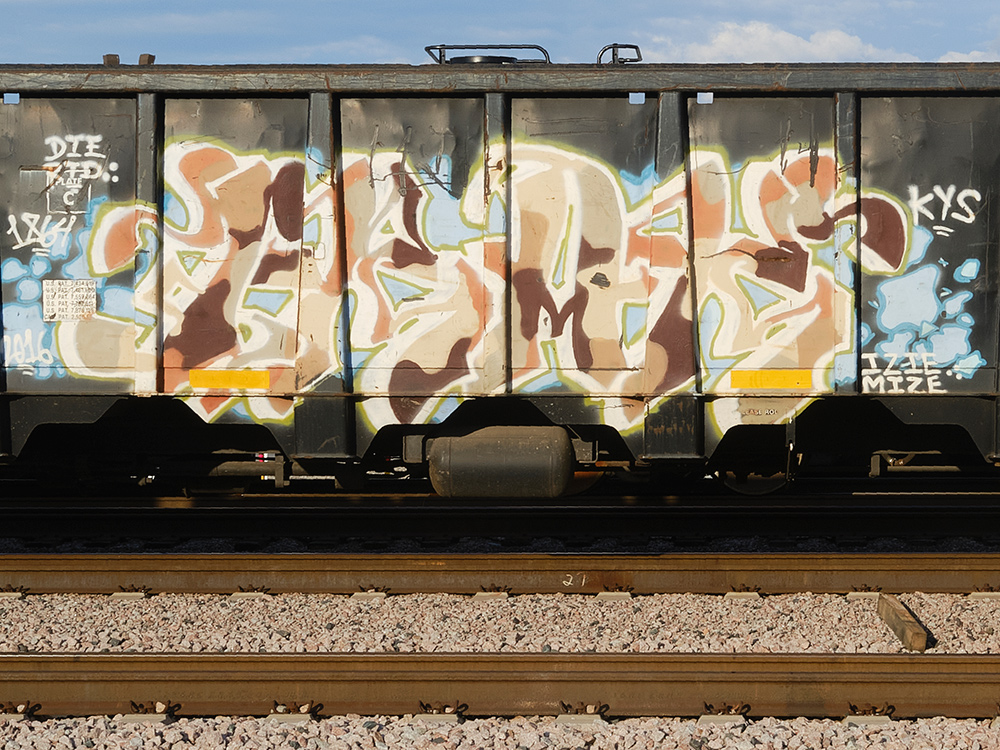
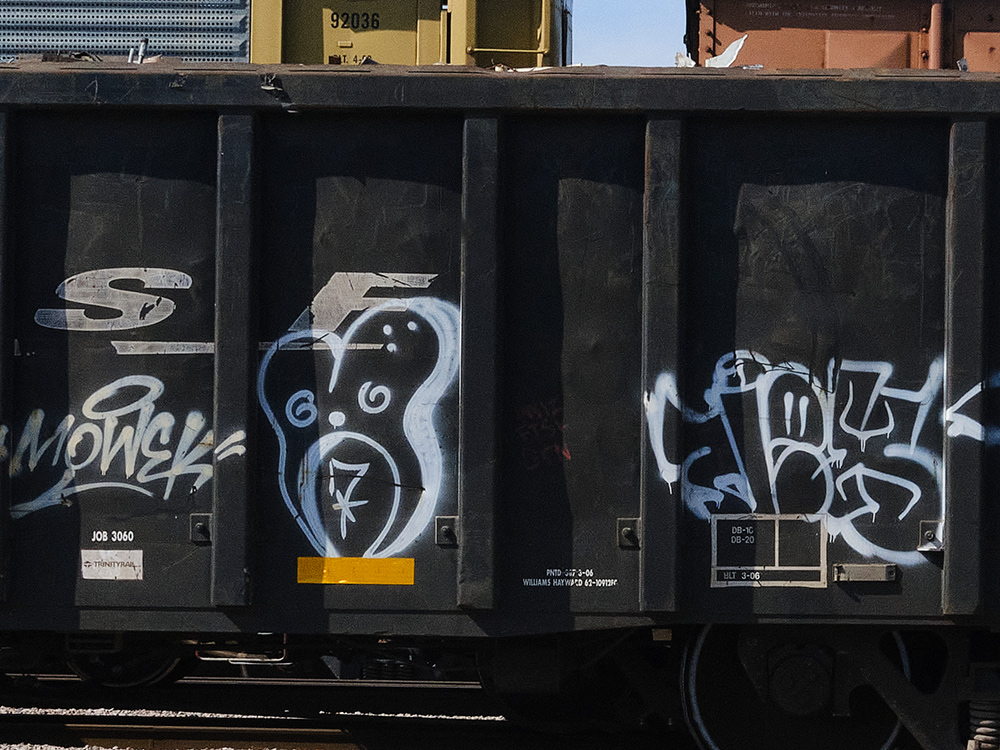
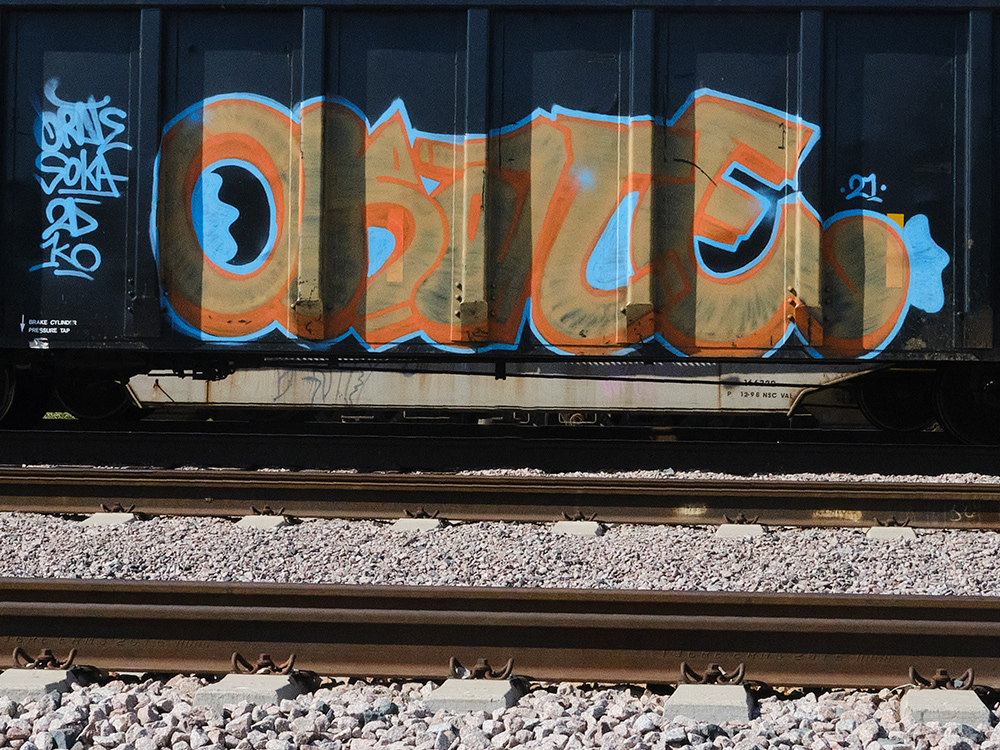
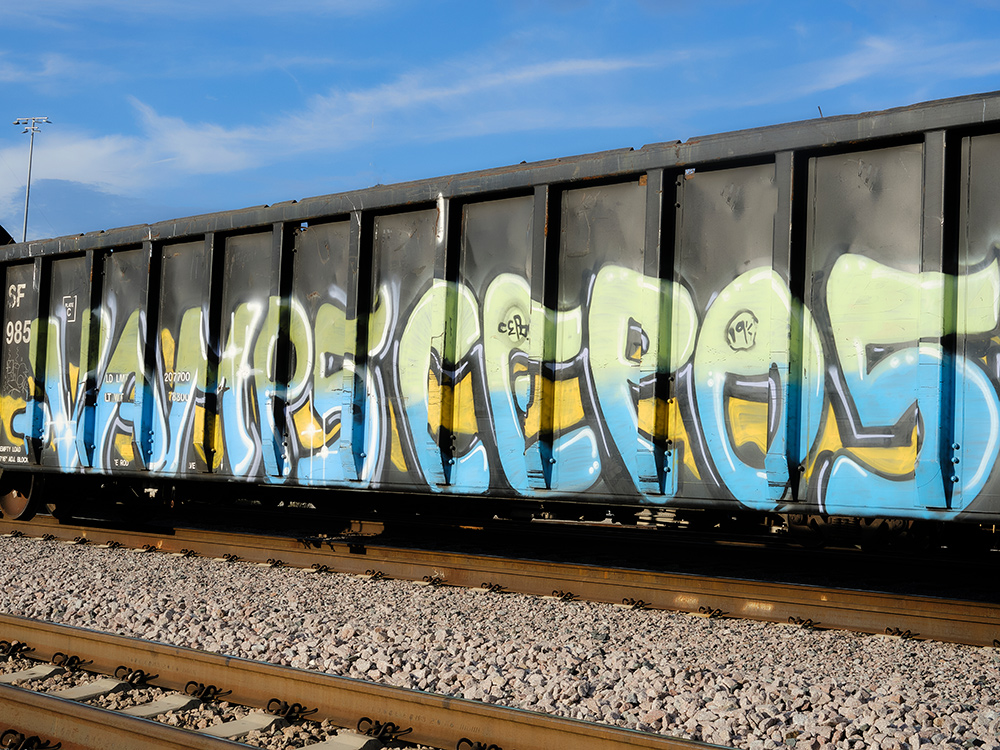
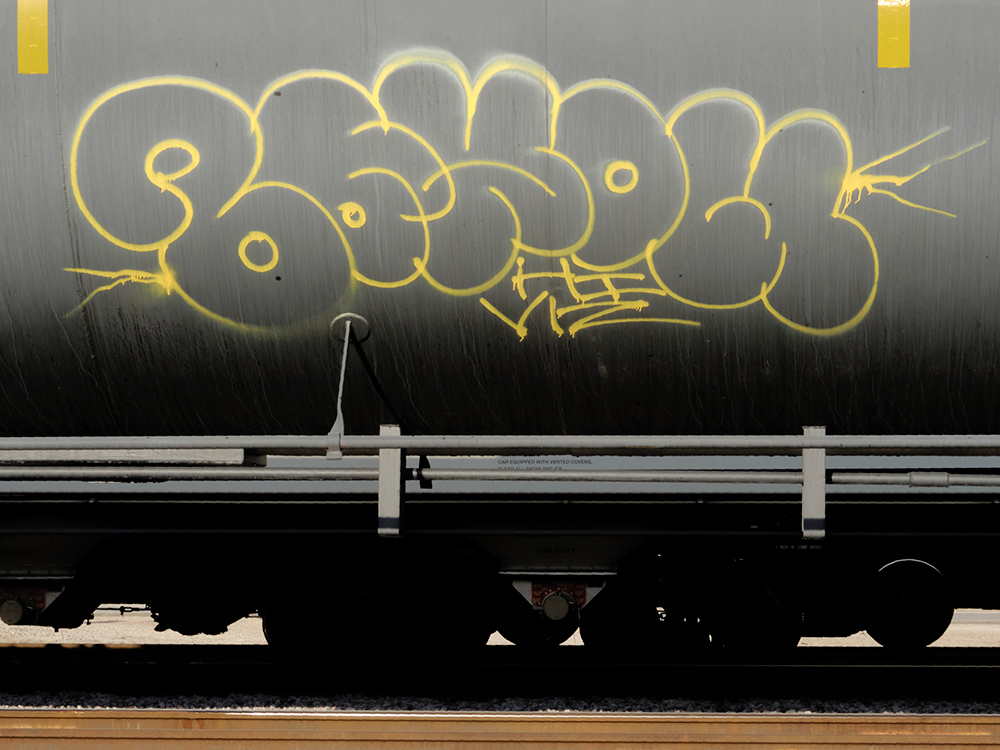

West Tulsa is the busiest active center of art curation in our city. Exhibits are broken apart and new ones are put together 24 hours per day. This is all done, from an art perspective, in a random way. New traveling collections are based on the destinations of the boxcars that carry the art, not on the appropriateness of the art combinations.
The composer John Cage created in music compositions that sometimes worked the same way and he was considered genius, but the traveling exhibits of the Burlington Northern Railway are just considered “trains".
While the exhibits are assembled in West Tulsa at the Burlington Northern yards, and it is possible to go there to view them, the exhibits all pass through the Arts District downtown on the tracks by the old Union Depot.
The Arts District is the ideal place to view the art in the opinion of many. The backdrop of the downtown skyscrapers adds a certain drama to the experience. The schedules for the passing of the exhibits are not published, however, and patience is required. It is a good idea to take a folding chair when you go so that you can rest comfortably between passing exhibitions. Friends who are aficionados of this kind of art say that it is best enjoyed after first passing a leisurely afternoon in one of the nearby cocktail lounges.
Others prefer viewing the exhibits in situ in the ambience of the industrial grittiness of the West Tulsa train yards.
Wherever you view the art, what you will encounter is more often marked by exuberance than by creative achievement. Graffiti is an art form that has flourished in America in terms of quantity more than in terms of artistic merit. This is especially evident in the oeuvres of the artists that use box cars as their canvases.
Many art patrons, however, prefer the spontaneity of the boxcar artists over the restrained (constrained) public wall art scattered around Tulsa. Most of these works appear to have been designed by corporate committees. (An exception to this is the wonderful painting of flags by Jim Corlett on the side of the old Triangle Blueprint Building downtown across from the Performing Arts Center, but this was done nearly 50 years ago.)

Rodger Randle
OU Center for Studies in Democracy and Culture

The University of Oklahoma Tulsa
4502 East 41st Street, Tulsa, Oklahoma 74135
E-mail: randle@ou.edu